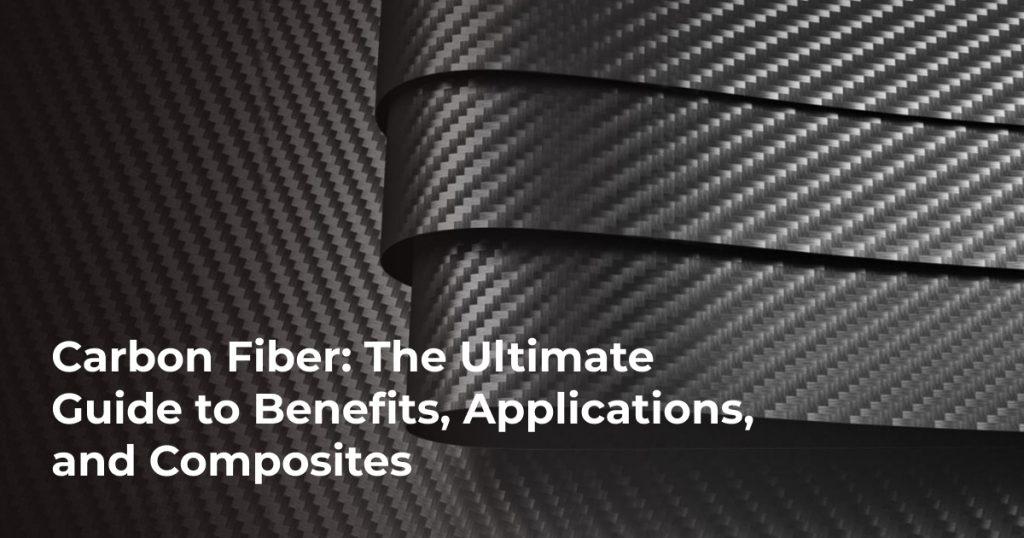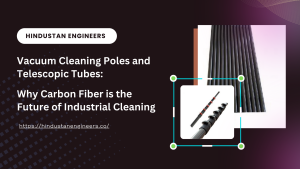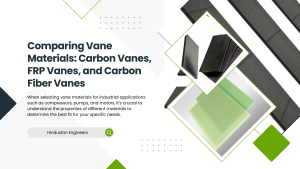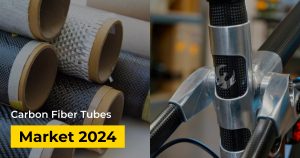Carbon fiber, a marvel of modern engineering, has revolutionized industries from aerospace to sports equipment.
Its exceptional properties, including unparalleled strength-to-weight ratio, stiffness, and durability, have made it a coveted material for those seeking performance and innovation.
In this comprehensive guide, we delve into the world of carbon fiber, exploring its composition, manufacturing process, and the myriad benefits it offers.
Understanding Carbon Fiber and Its Composites
What is Carbon Fiber?
Carbon fiber is a high-strength, lightweight material composed of thin carbon filaments. These filaments are produced from polymer fibers, such as acrylic, through a complex process of carbonization. The resulting material boasts remarkable mechanical properties, making it an ideal choice for demanding applications.
How is Carbon Fiber Produced?
The production of carbon fiber is a meticulous process involving several stages:
- Polymer Fiber Creation: Acrylic or other polymer fibers are extruded into fine filaments.
- Oxidation: The fibers are oxidized to create a pre-cursor for carbonization.
- Carbonization: The oxidized fibers are heated in an inert atmosphere to remove non-carbon elements, resulting in carbon fibers.
- Surface Treatment: The fibers undergo surface treatment to improve compatibility with resin systems.
What are Carbon Fiber Composites?
While carbon fiber exhibits exceptional properties, its full potential is unleashed when combined with a resin matrix to form carbon fiber composites. These composites offer a synergistic blend of strength, stiffness, and lightweight characteristics, making them ideal for diverse applications.
Different Types of Carbon Fiber Composites
Carbon fiber composites can be classified based on the type of resin matrix used and the orientation of the carbon fibers. Common types include:
- Epoxy-based composites: Known for their high strength, stiffness, and resistance to chemicals.
- Polyester-based composites: Offer a lower cost alternative to epoxy, with good strength and stiffness properties.
- Vinyl ester-based composites: Provide a balance of properties, with good chemical resistance and mechanical performance.
- Unidirectional composites: Carbon fibers are aligned in a single direction, resulting in maximum strength and stiffness in that direction.
- Bidirectional composites: Carbon fibers are aligned in two perpendicular directions, providing balanced properties.
- Woven composites: Carbon fibers are woven into a fabric-like structure, offering good impact resistance and strength.
Benefits of Carbon Fiber
Carbon fiber’s exceptional properties make it a preferred choice for a wide range of applications.
High Strength-to-Weight Ratio
Carbon fiber’s exceptional strength-to-weight ratio is a game-changer across industries. In aerospace, it enables the construction of lighter and more fuel-efficient aircraft. In automotive applications, it contributes to improved performance and fuel economy. Even in sports equipment, carbon fiber enhances athlete performance by reducing weight without compromising strength.
Stiffness and Rigidity
Carbon fiber’s inherent stiffness and rigidity make it an ideal choice for structures demanding precision and stability. In construction, carbon fiber reinforced concrete offers enhanced durability and load-bearing capacity. In engineering, carbon fiber components provide superior vibration damping and structural integrity.
Durability and Corrosion Resistance
Carbon fiber composites excel in harsh environments due to their exceptional durability and corrosion resistance. In marine applications, they withstand the corrosive effects of saltwater. In oil and gas industries, carbon fiber components provide reliable performance in challenging conditions.
Thermal Properties
Carbon fiber’s excellent thermal properties make it suitable for applications requiring heat resistance or conductivity. In aerospace, it protects components from extreme temperatures. In electronics, carbon fiber heat sinks efficiently dissipate heat.
Dimensional Stability
Carbon fiber composites exhibit exceptional dimensional stability, maintaining their shape and size under varying temperature and humidity conditions. This characteristic is crucial in aerospace, where precise dimensions are essential for aircraft performance.
Aesthetic Appeal
Beyond its functional benefits, carbon fiber possesses a unique aesthetic appeal. Its sleek, black finish and the visible weave pattern add a touch of luxury to products ranging from sports cars to high-end consumer electronics.
Applications of Carbon Fiber Composites
The versatility of carbon fiber composites has led to its adoption across numerous industries:
- Aerospace: Aircraft fuselages, wings, and components.
- Automotive: Chassis, body panels, and structural components.
- Sports and Leisure: Golf clubs, tennis rackets, bicycles, and fishing rods.
- Construction: Reinforced concrete, bridges, and building facades.
- Medical: Prosthetics, implants, and medical equipment.
- Other Emerging Applications: Wind turbine blades, electric vehicle components, and marine vessels.
Challenges and Future Trends
While carbon fiber offers immense advantages, challenges such as high production costs and environmental concerns need to be addressed. Ongoing research focuses on developing more cost-effective manufacturing processes and sustainable carbon fiber solutions.
The future of carbon fiber is promising, with advancements in technology leading to new applications and improved performance. As research progresses, we can anticipate even more remarkable breakthroughs in this field.
Conclusion
Carbon fiber has emerged as a transformative material, redefining possibilities across industries. Its exceptional properties, coupled with continuous advancements in manufacturing, position carbon fiber as a cornerstone of future innovation.
Hindustan Engineers, a leader in advanced materials, offers high-quality carbon fiber sheets tailored to diverse applications. To explore our product range and discuss your project requirements, contact our experts today.
Vacuum Cleaning Poles and Telescopic Tubes: Why Carbon Fiber is the Future of Industrial Cleaning
Industrial cleaning has come a long way from traditional, cumbersome...
Read MoreComparing Vane Materials: Carbon Vanes, FRP Vanes, and Carbon Fiber Vanes – Which is Best for Your Industry?
When selecting vane materials for industrial applications such as compressors,...
Read MoreCarbon Fiber Tubes Market 2024: Industry Trends, Top Players, and Future Outlook
Carbon fiber tubes have emerged as a versatile and high-performance...
Read More



